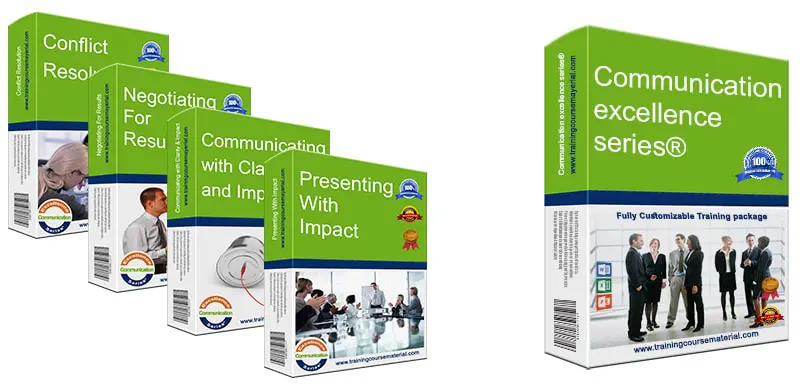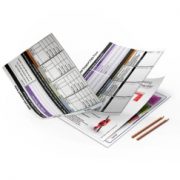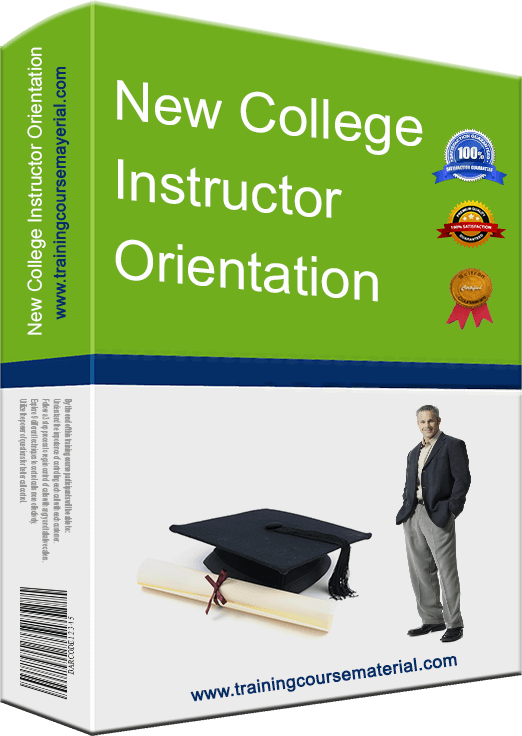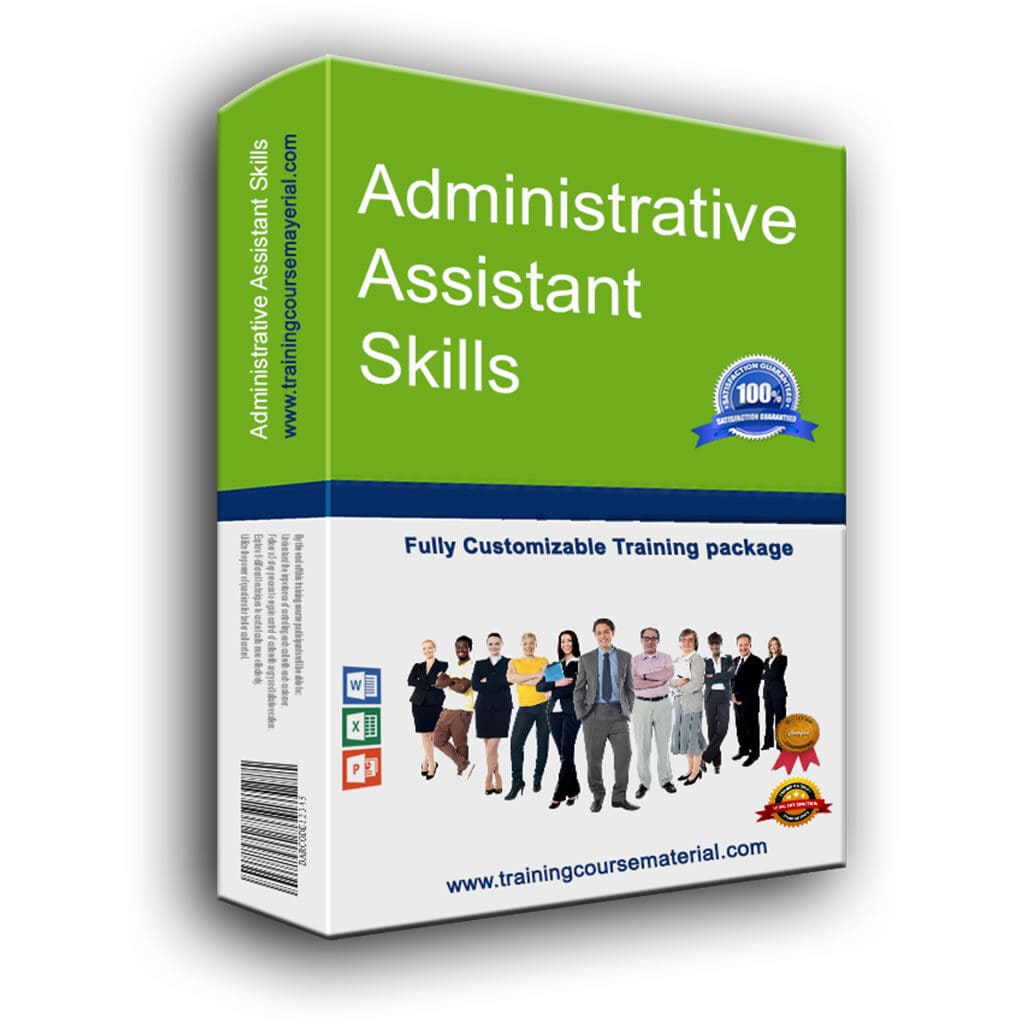How to Engage Training Participants with Different Learning Styles
How to Engage Training Participants with Different Learning Styles
- Free Trainer Tips
- /
- Last Updated: 02 April 2021
- /
- Hits: 7306

It’s hard enough to engage an entire room of people in a training session, let alone trying to identify and accommodate the different learning styles that are present in the room. It’s very rare that everyone in the room will like to learn the same way. That’s why it’s important to understand how to engage different learning styles to make the most of your training session and to ensure that the most learning has taken place. In this article, we’ll give you a few ideas on how to engage with training participants who have different learning styles.
Visual Learners
Working with visual learners is easy: most training programs have slide decks, videos, and demonstrations that they can get involved in using. Visual learners like to be able to see something before they try it.
Auditory Learners
Engaging auditory learners is pretty simple: they like to listen to instructions, hear songs, listen to audiobooks, and being read to while you are presenting a slide deck to the group.
Kinesthetic Learners
Engaging these “hands-on” type of learners is easy to do: give them something to do, make, create, play with, touch. They get valuable information from doing things, not just seeing and hearing it.
Verbal Learners
This is your group of people who need to talk things through to make meaning of a concept. They like to discuss ideas with fellow participants, they’ll ask a lot of question and reiterate what you’ve said to make sense of the information for themselves. Keep these learners engaged with lots of verbal communication.
Logical Learners
Engage logical learners by giving them problems to solve and keeping their brains busy. They like to reason with information, enjoy multiple choice questions, and want to understand the why of something.
Social Learners
You can engage social learners by using group activities, group presentations, group problem-solving exercises and more. Any activity that brings the group together will help social learners make meaning for themselves through a variety of lenses they will get from their peers.
Independent Learners
You’ll always have a few independent learners in your training sessions. These are the quiet, “get work done” kind of people who like to reflect and take things in before they decide how to use the information. You can engage this type of learning by providing independent exercises, writing time, and individual testing.
Use a Variety of Teaching Methods
The trick to engaging the most substantial number of participants as possible is to use a variety of teaching and learning methods. If you are running a training session on leadership, try using a combination of these approaches:
● Group work for social learners
● Written reflection for independent learners
● Videos for visual learners
● Reading aloud for auditory learners
● Creating charts for kinesthetic learners
● Question periods for verbal learners
● Case studies for logical learners
All of these teaching tools can be incorporated into every training session you lead. Whether you are running a half day or full day session, you will have lots of time to ensure that everyone in the training session gets what they need from it with when you engage various learning styles at a time.

34 Full Courses & 6 Mini Courses
Get all available programs
& save ...!!
Price: $4499.95 $2995.95
Great Value For Money
Read More
Are You a
Visual, Auditory or Kinaesthetic ?
How well do you
cope under
pressure?
.
Are You A
people person?
.
Forward looking, or
Stuck in a time
warp?
How content
are you?
.
How soft-centred
are you?
.
Find Out
Your Leadership
Style
How
Emotionally intelligent are You ?

|
+ | 
|
The Presenter-Trainer Package®
Train The Trainer
Presenting With Impact
Price: $359.95 $299.95
SAVE $59.95
Read More
Retail Excellence Series®
3 Complete Courseware
Packages in 1
Frontline Retail Selling Skills
Retail Sales Planning & Forecasting
Passionate Retail Experts
Price: $539.855 $349.95
Pay for 2 Get 1 Free
Read More
Sales excellence series®
3 Complete Courseware
Packages in 1
Sales Management
Professional Selling Skills
Sales Territory Planning & Routing
Price: $539.855 $349.95
Pay for 2 Get 1 Free
Read More
Call Center Excellence Series®
4 Complete Courseware
Packages in 1
Handling angry and difficult callers
Call control
Find a way to say YES!
Successful telephone debt collection
Price: $719.95 $449.95
Pay for 2 programs and Get 2 programs Free
Read More
Communication Excellence Series®
4 Complete Courseware
Packages in 1
Communicating with clarity and impact
Negotiating for results
Conflict resolution
Presenting With Impact
Price: $719.95 $449.95
Pay for 2 programs and Get 2 programs Free
Read More
Customer Service Excellence Series®
5 Complete Courseware
Packages in 1
Vision, Energy & Passion To Serve
Pathways to service excellence
Find a way to say YES!
Passionate Retail Experts
Setting others up for success
Price: $899.75 $599.95
Pay for 3 Get 2 Free
Read More
Instant Download
Training packages
Price: $199.95 $179.95
No matter who you are, we all have 168 hours each week. Your ability to best utilize those 168 hours will ultimately determine your success. Using self-discovery, hands-on activities and innovative concepts, throughout this high energy training program, participants will learn how to get better control of their time and their life in general.
Price: $199.95 $179.95
A highly engaging one-day training program packed with a plethora of fun activities and games focusing on the key characteristics of high performing teams.
Price: $199.95 $179.95
All you need
to deliver a great training!
Our training material packages come with all you need to provide
a professional and accelerated learning solution with

High Impact
Power Point Slide Deck
To support immersive learning, a high impact professionally designed power point slide deck to engage trainees at all levels.

Student
Workbook
A comprehensive reference workbook you can give out to your class participants as a quick future reference.

Trainer
Guide
With step-by-step clear directions with tips and suggestions on what to say and how to present each slide.

Activity
/Exercise Sheets
Various training material and support documents to help you both explain and debrief the different exercises, activities and games Plus a fun final Jeopardy style review game as a fun ending for your training program.

Additional
Support Documents
To ensure you have all you need to deliver a complete and professional training program, additional supporting documents are included with each full course material package. From training evaluation forms to 5 different certificate templates that you can edit and hand out to your participants at the end of your training.

Job Aids
& Forms
Specific forms designed to extend and reinforce the training that participants can utilize back on the job to help them apply the new learned concepts (Select training material packages)









































